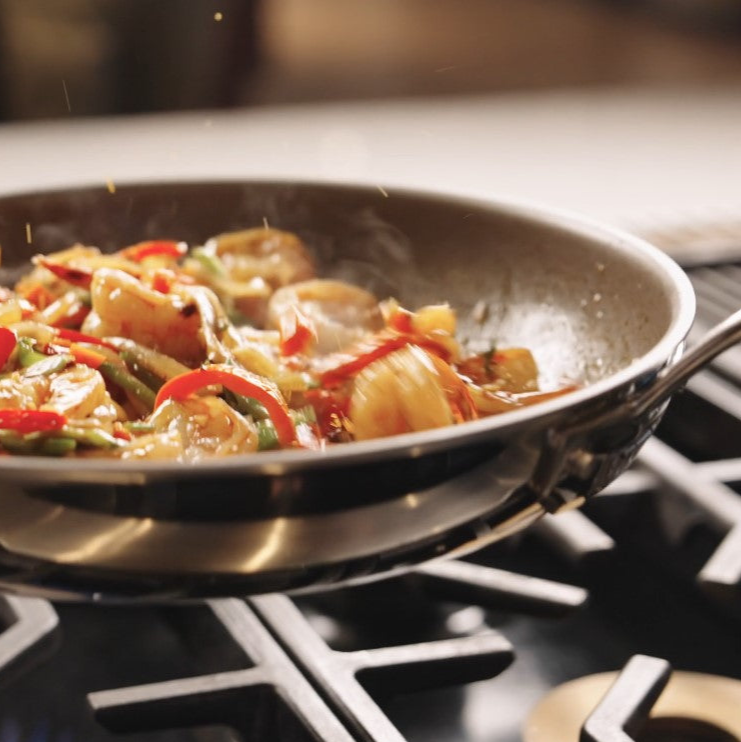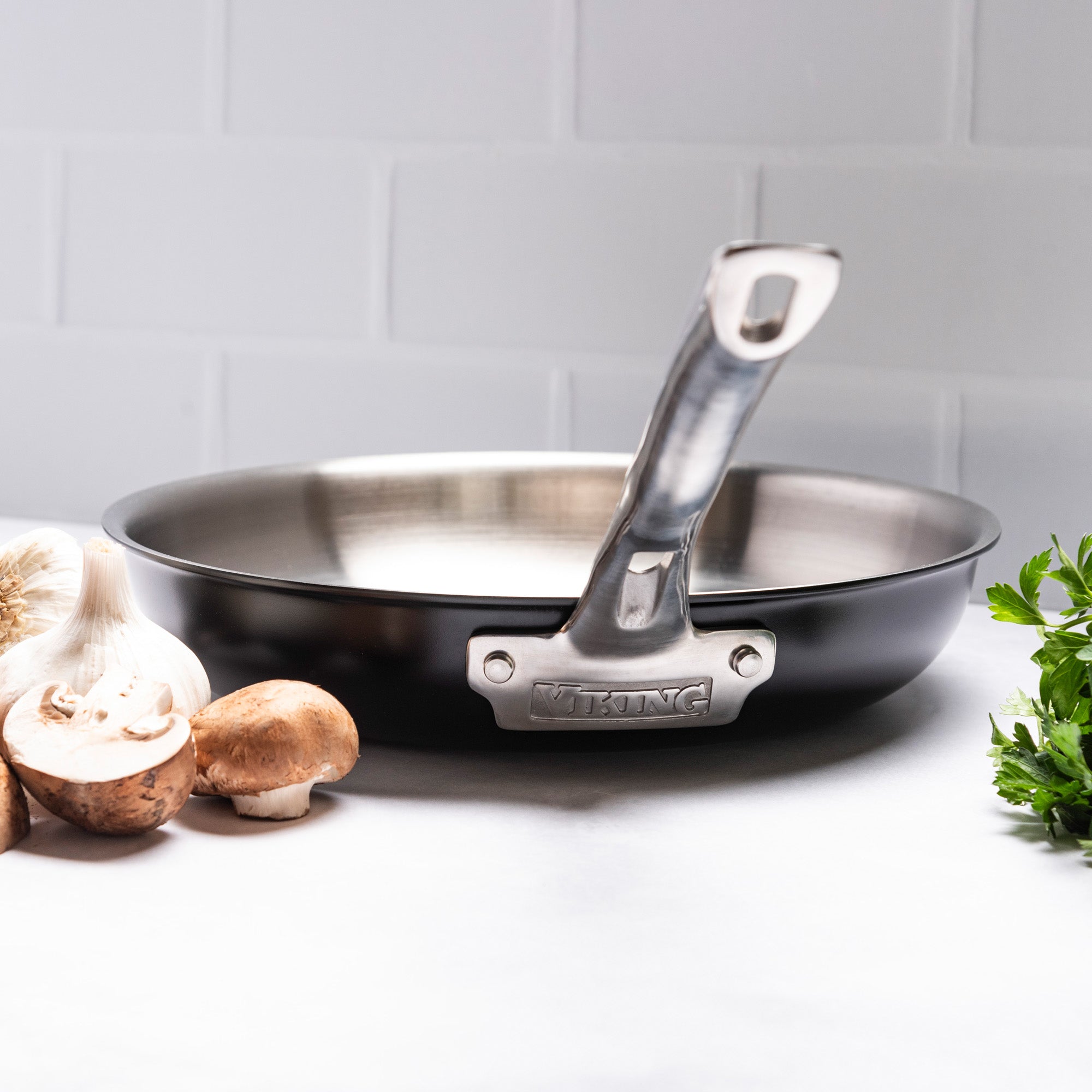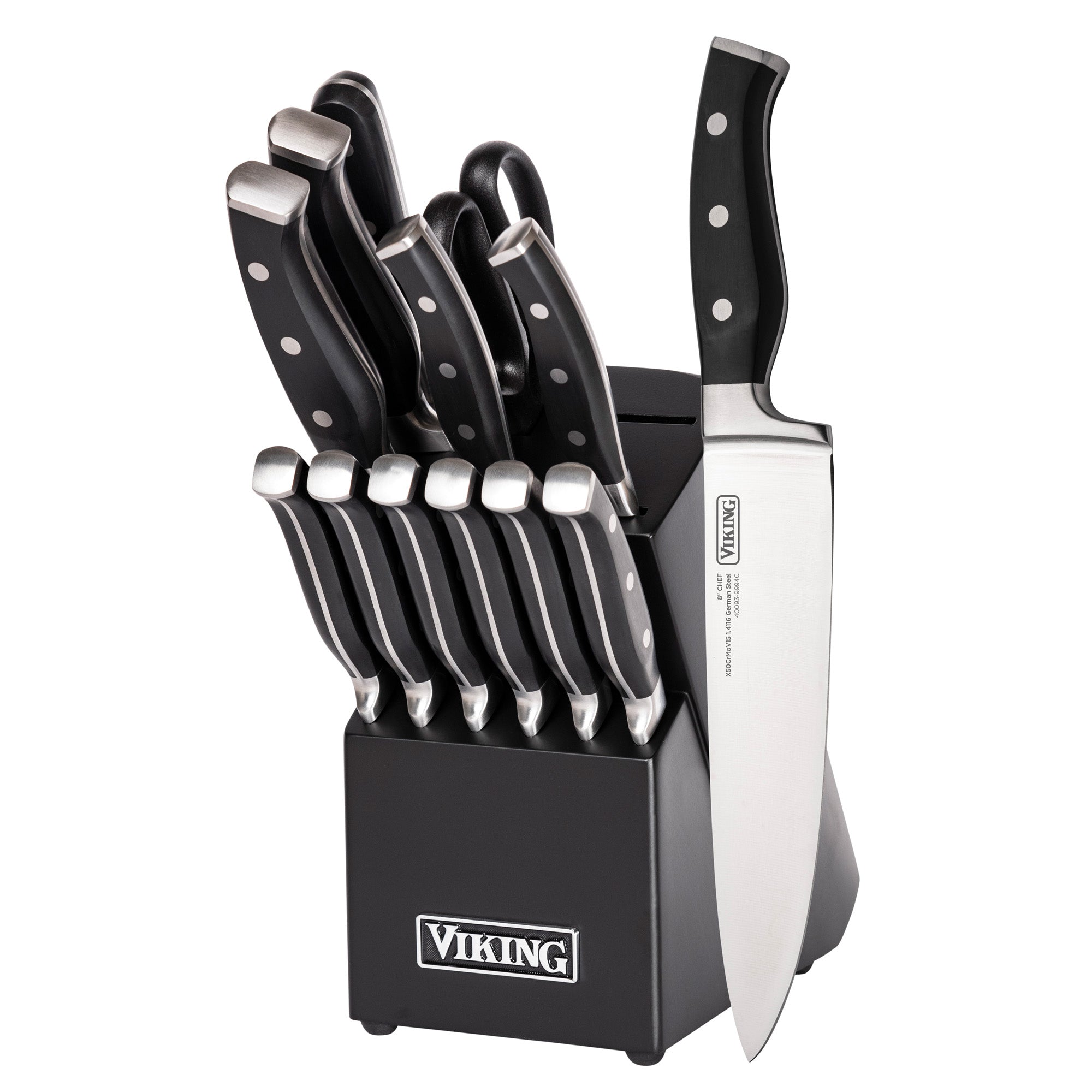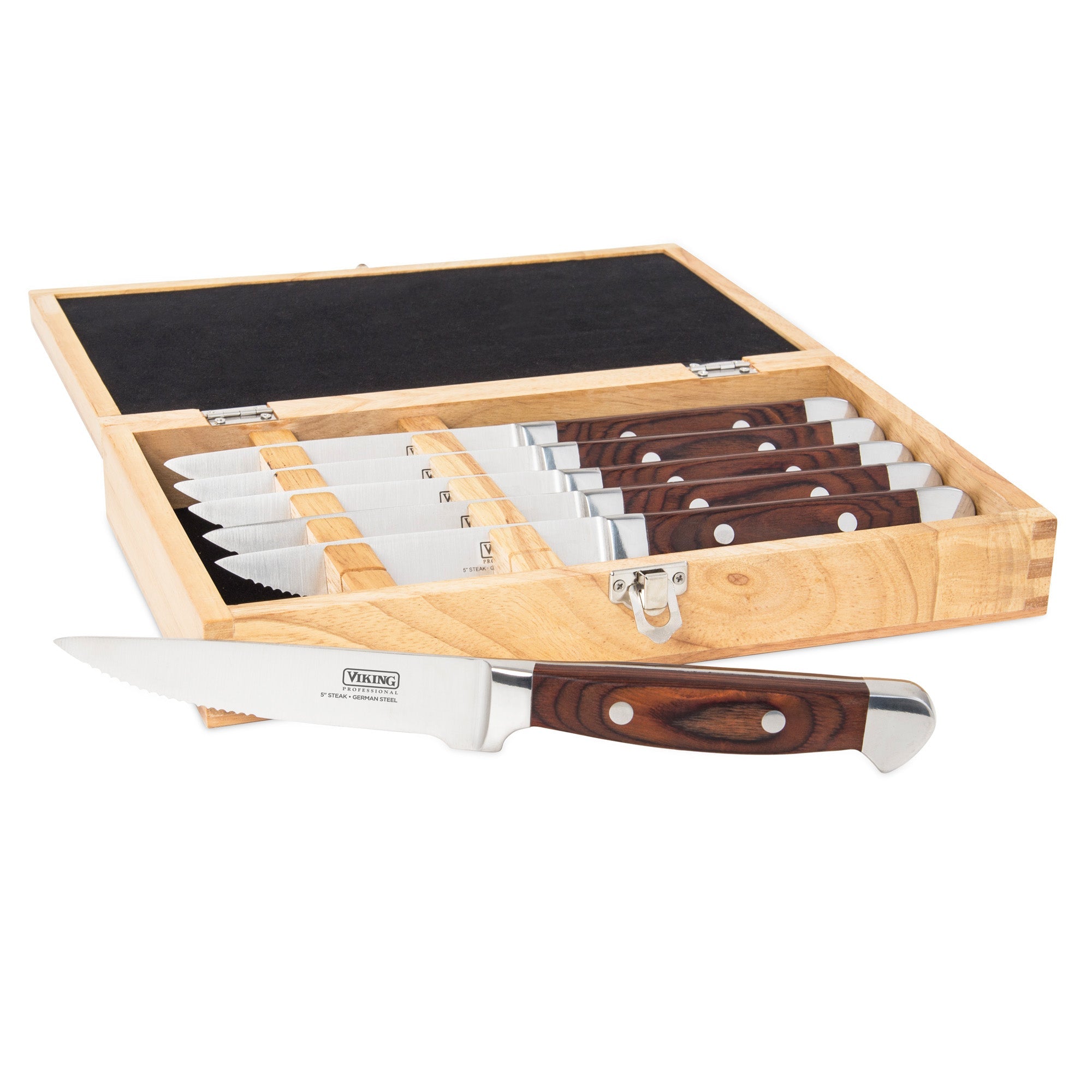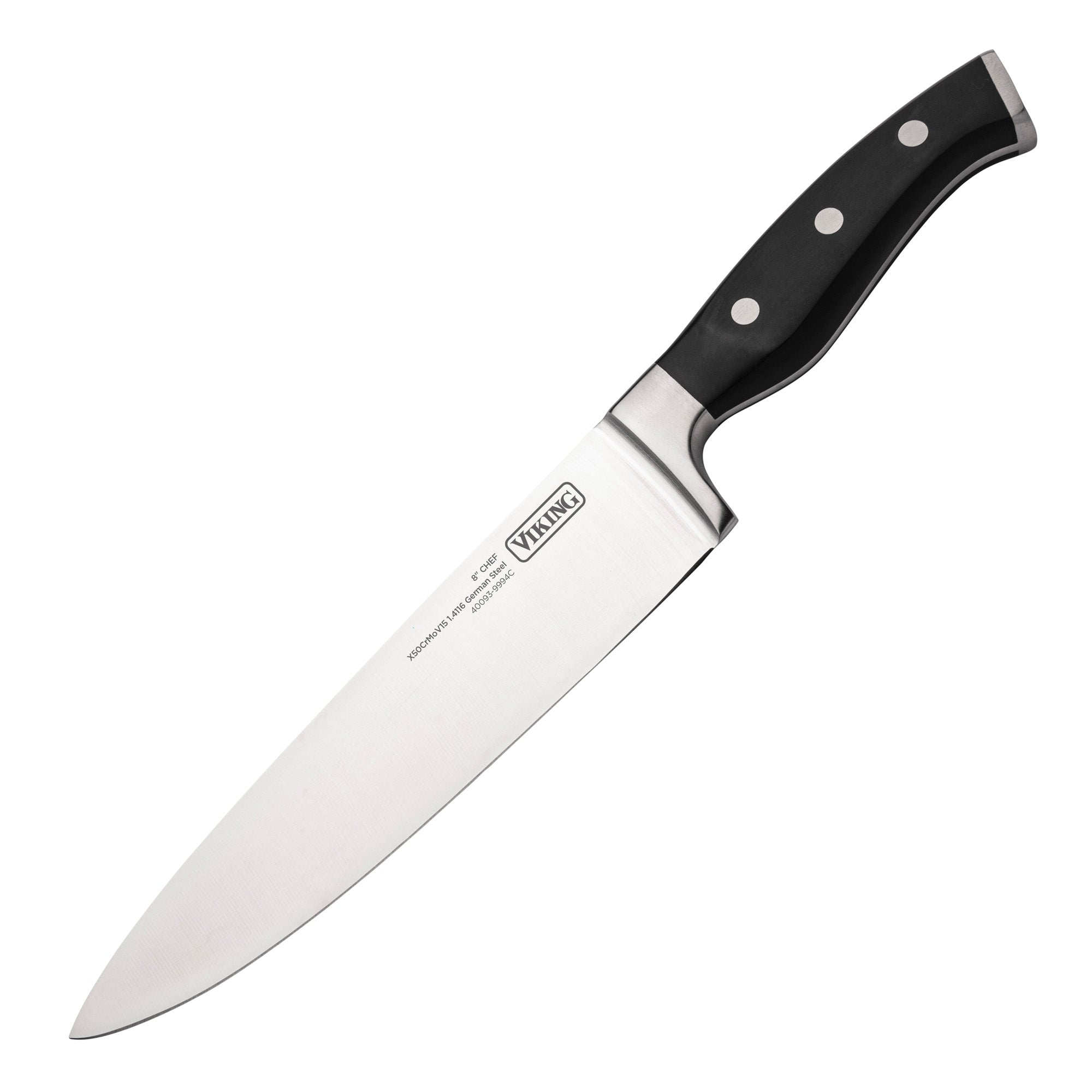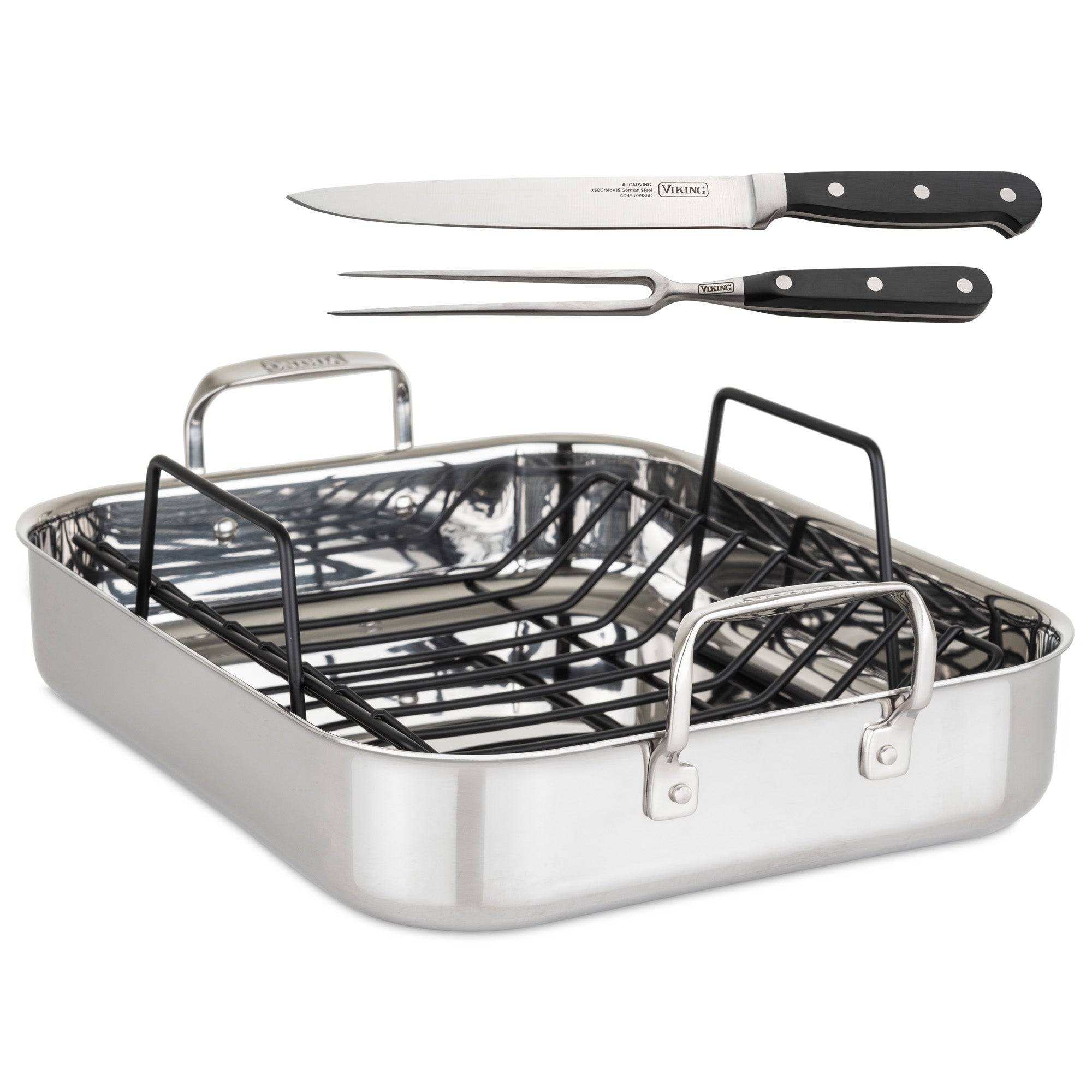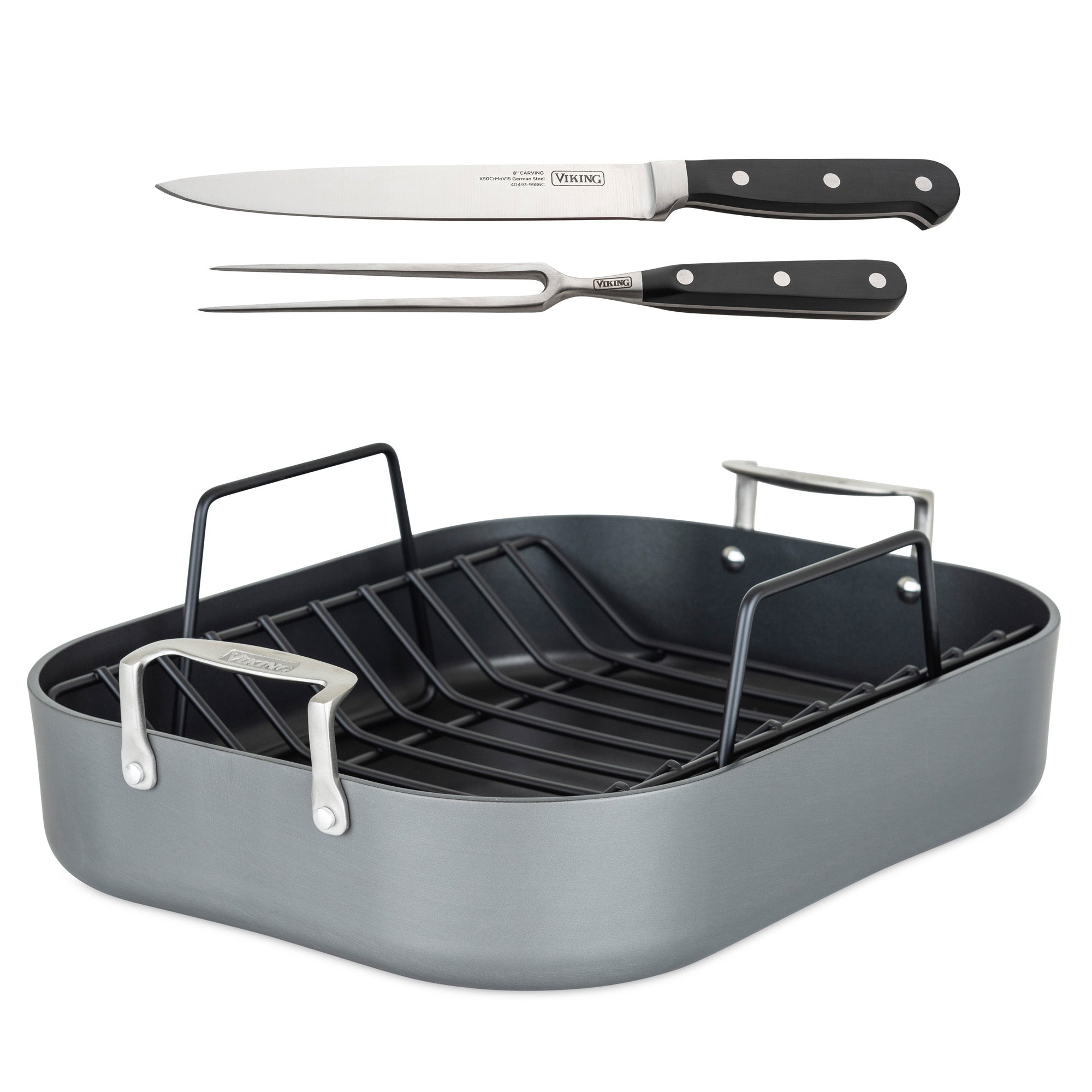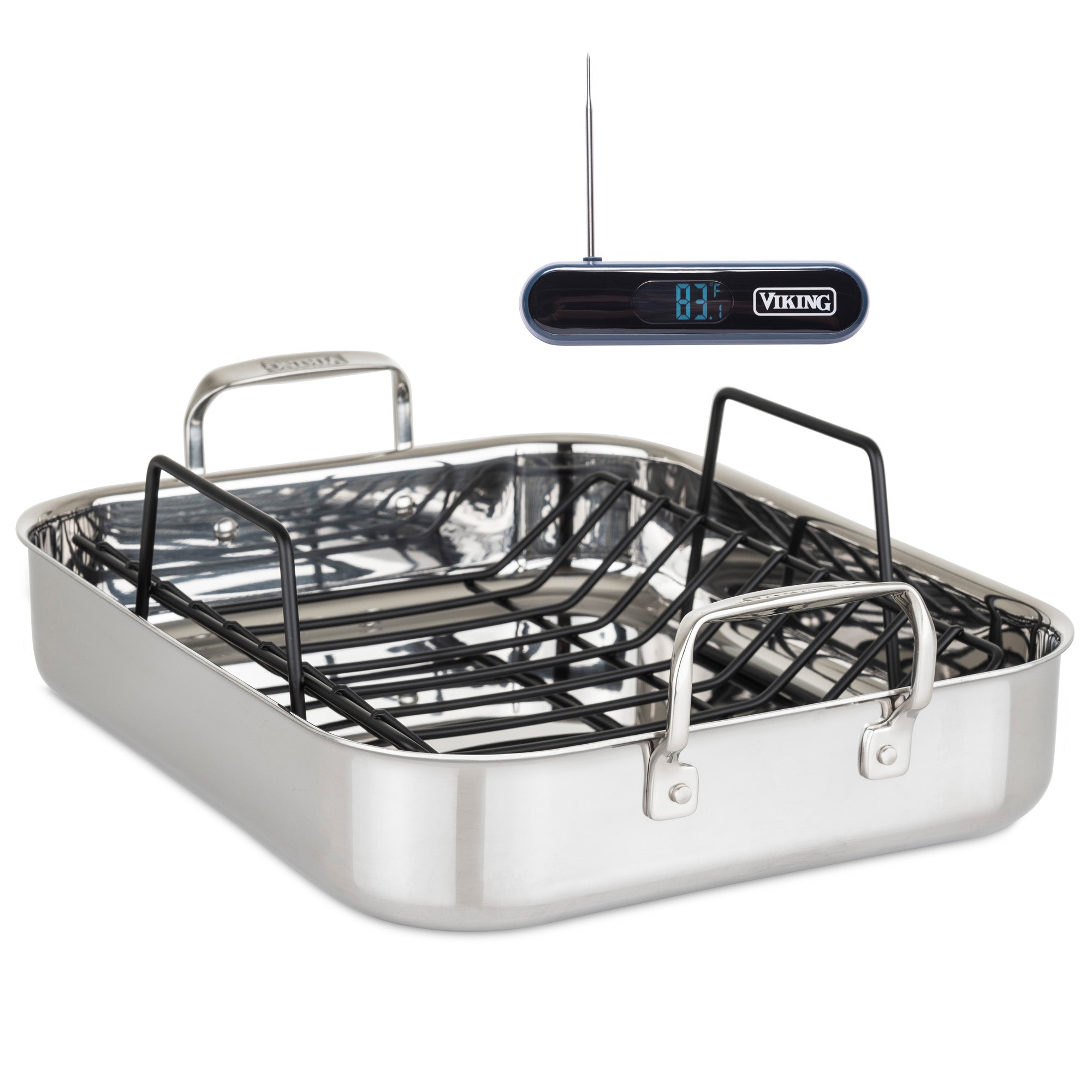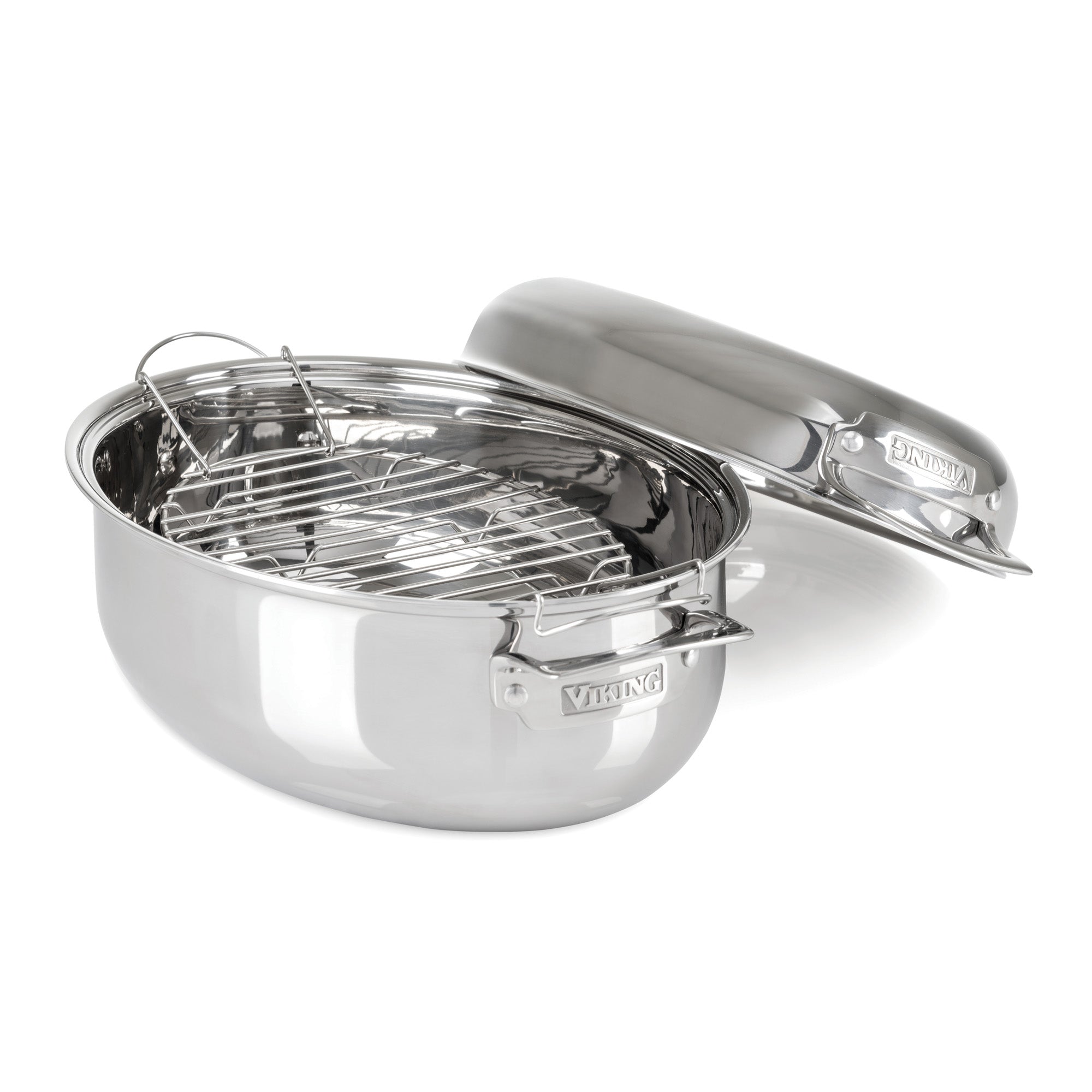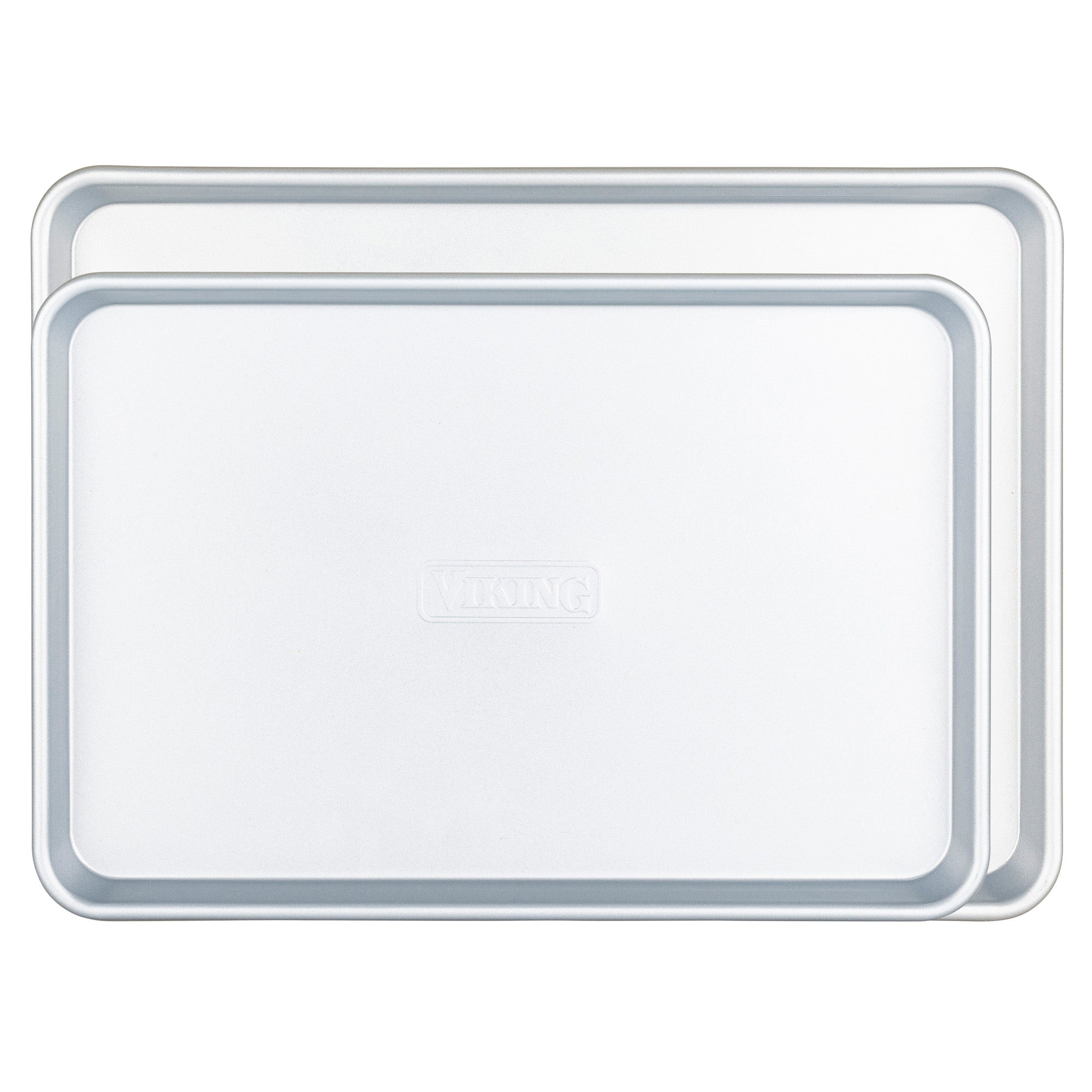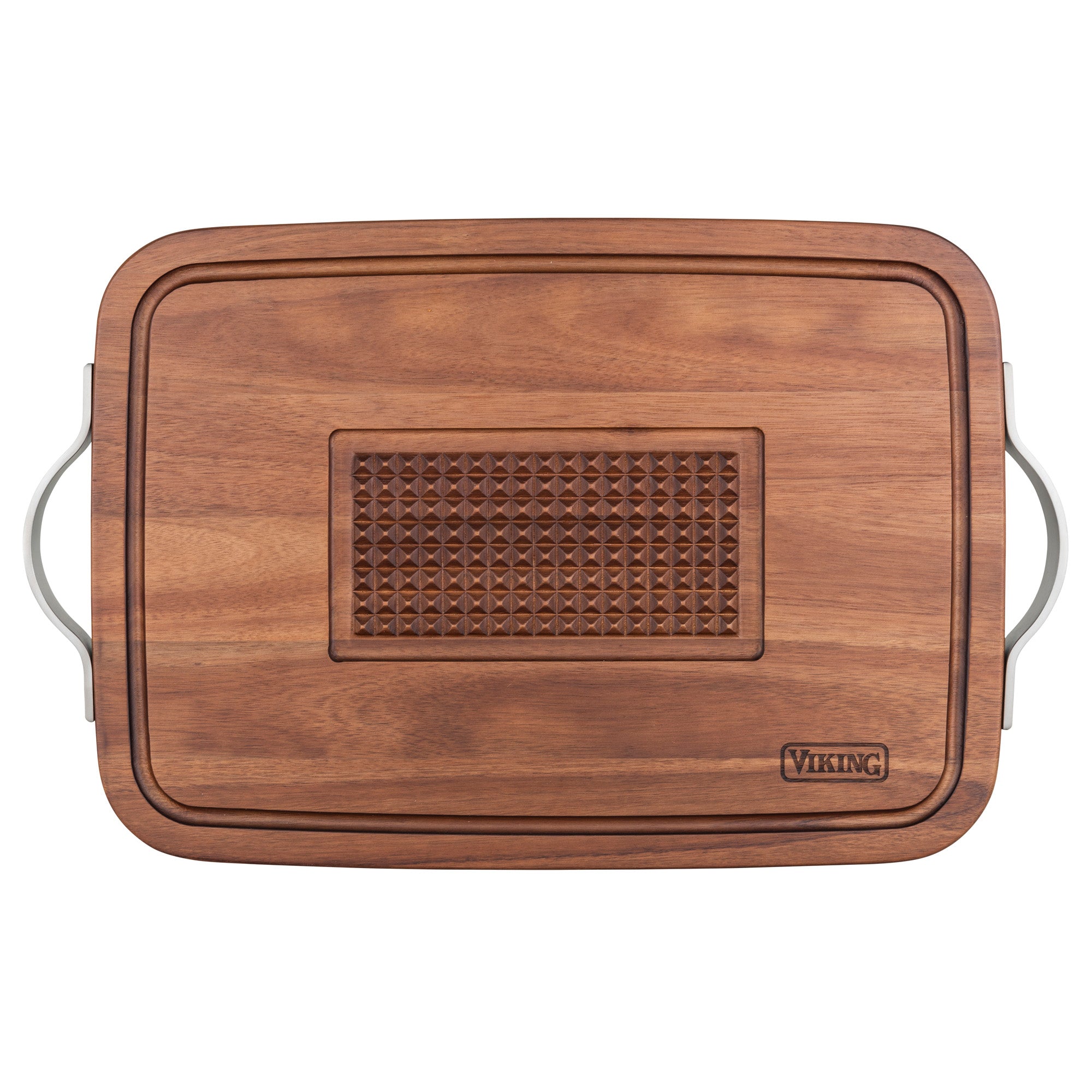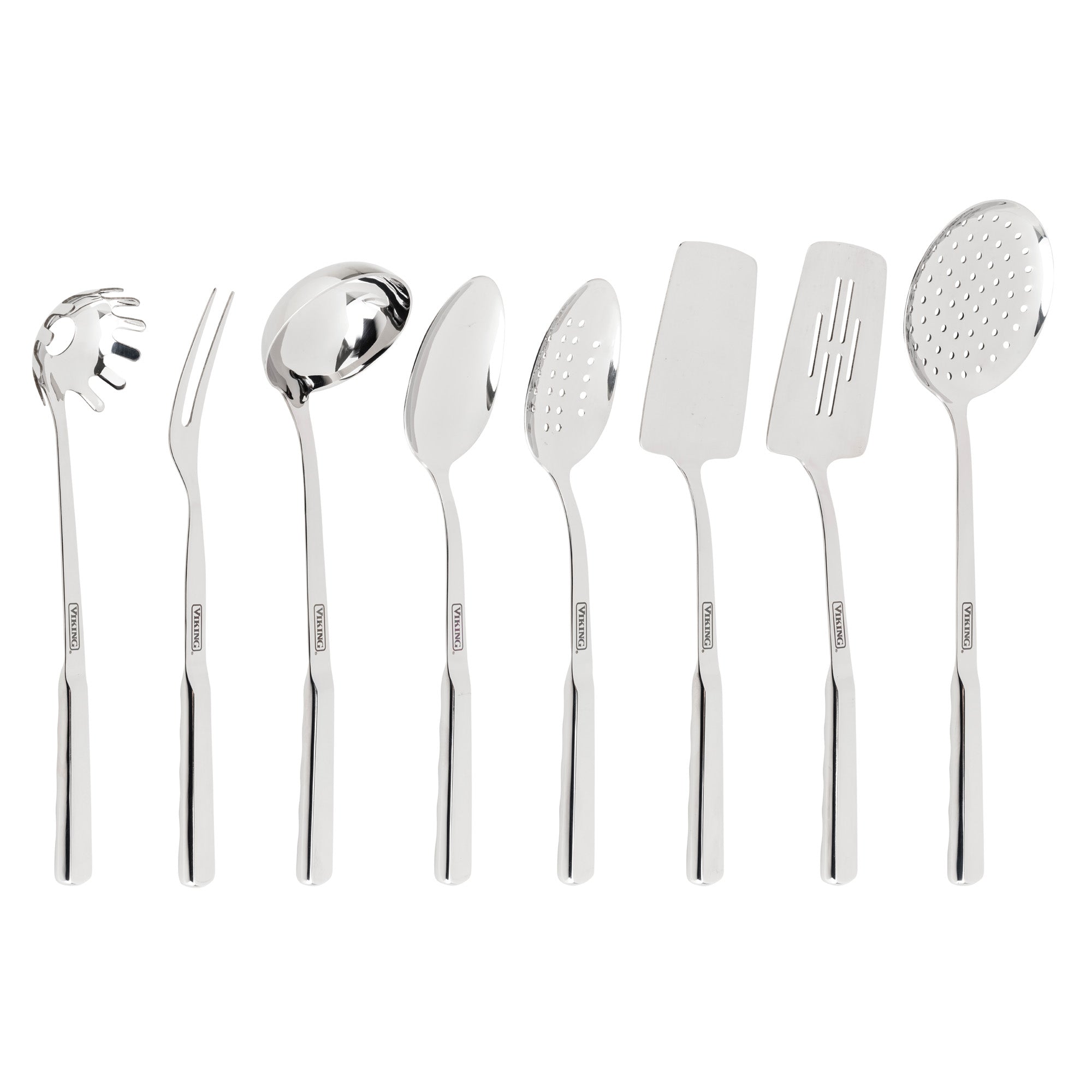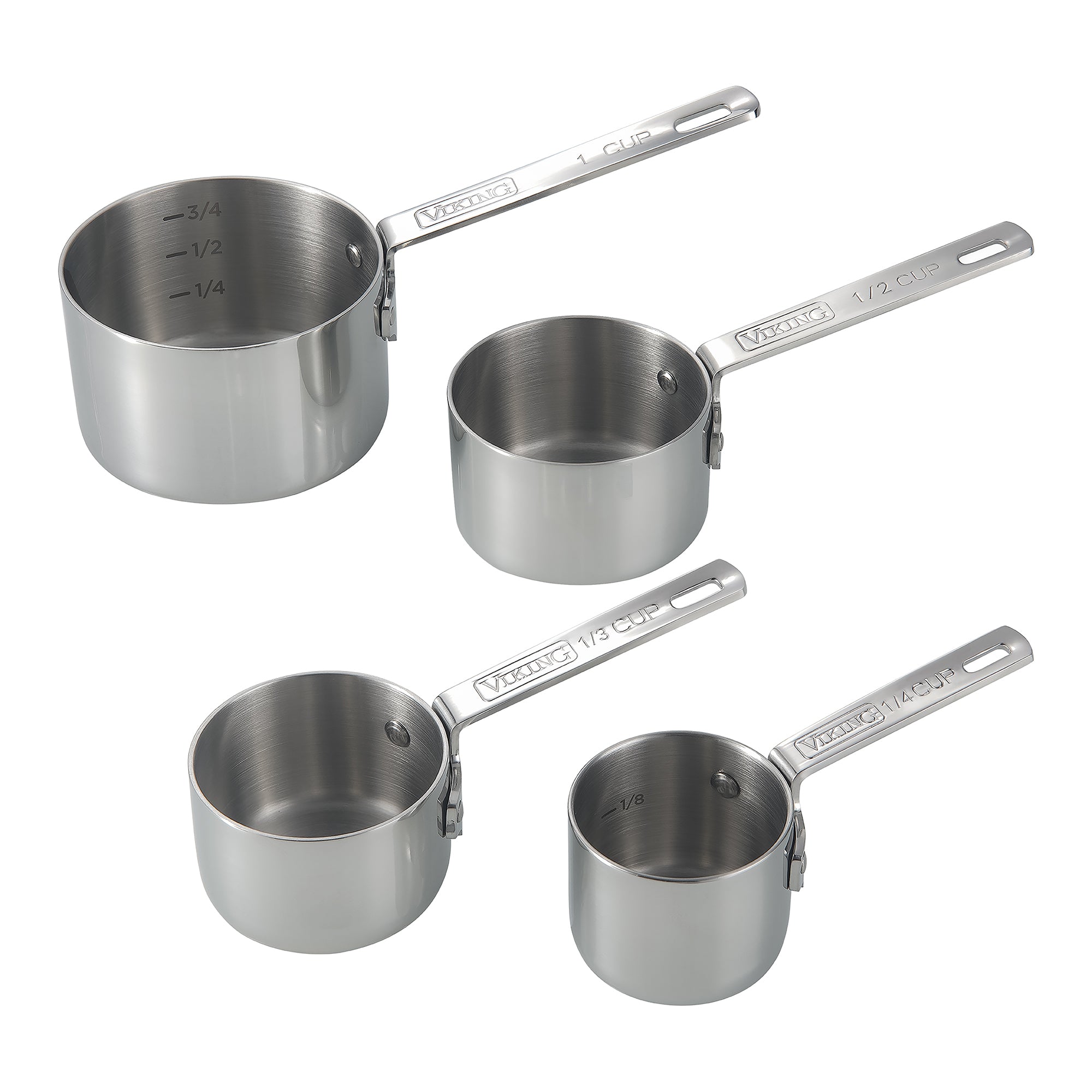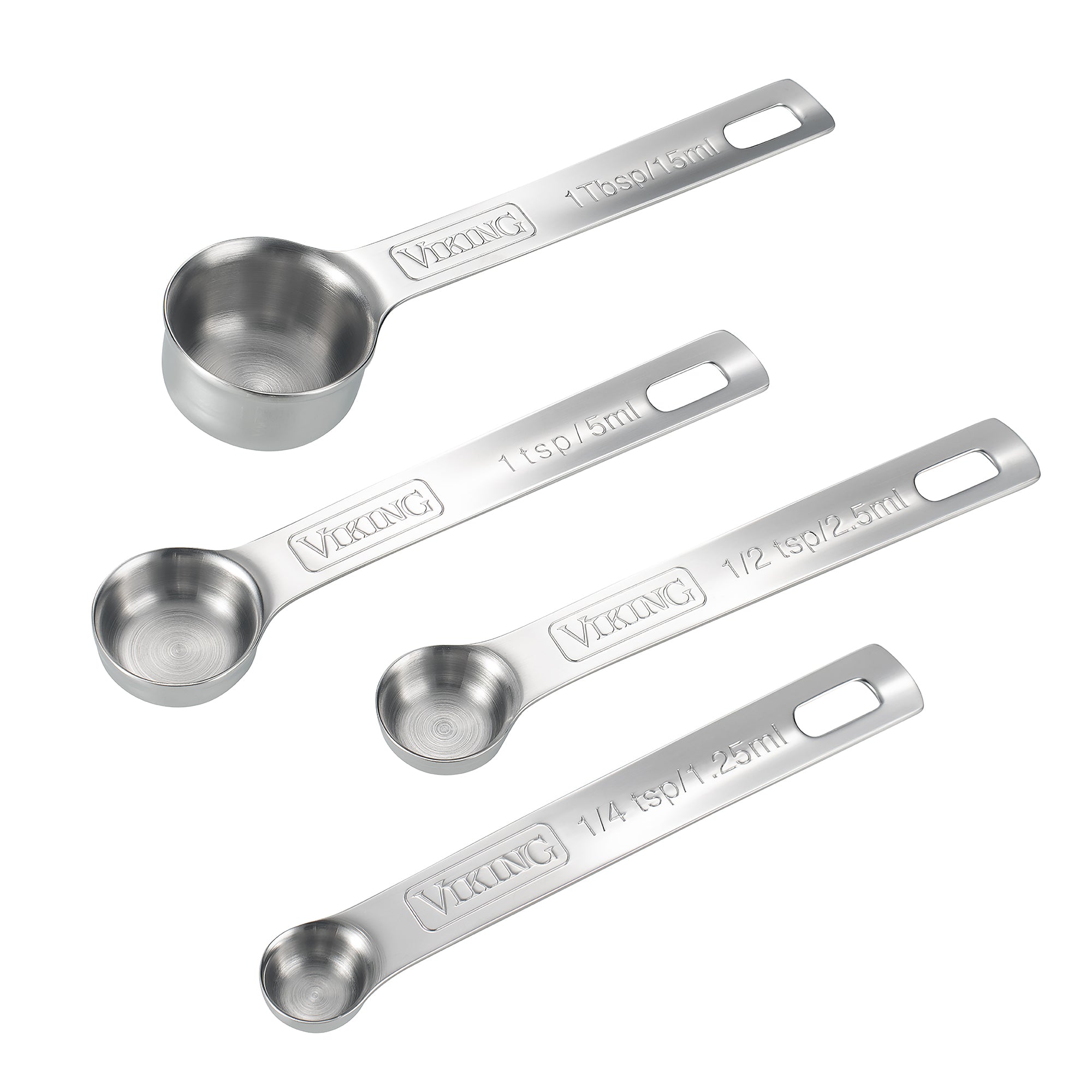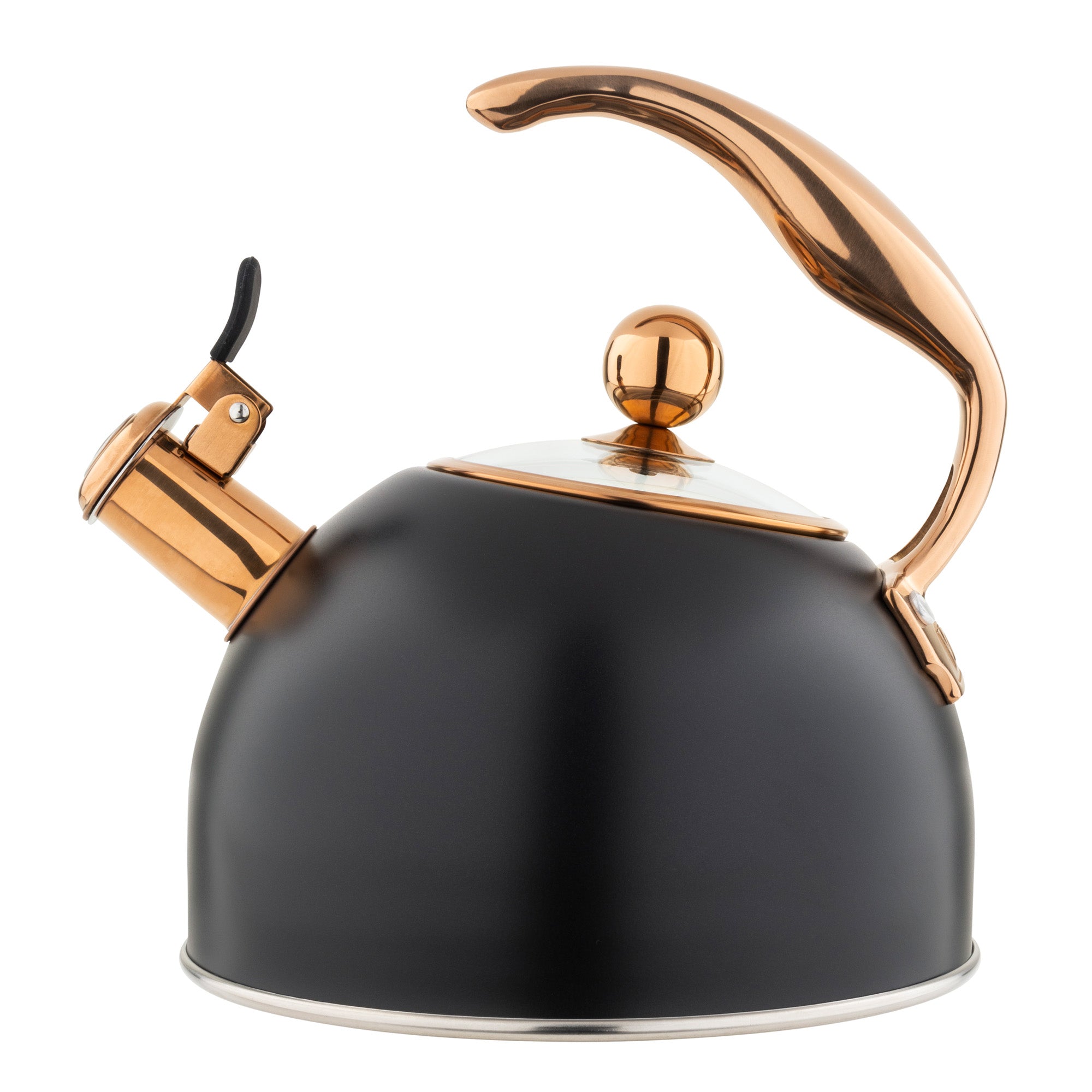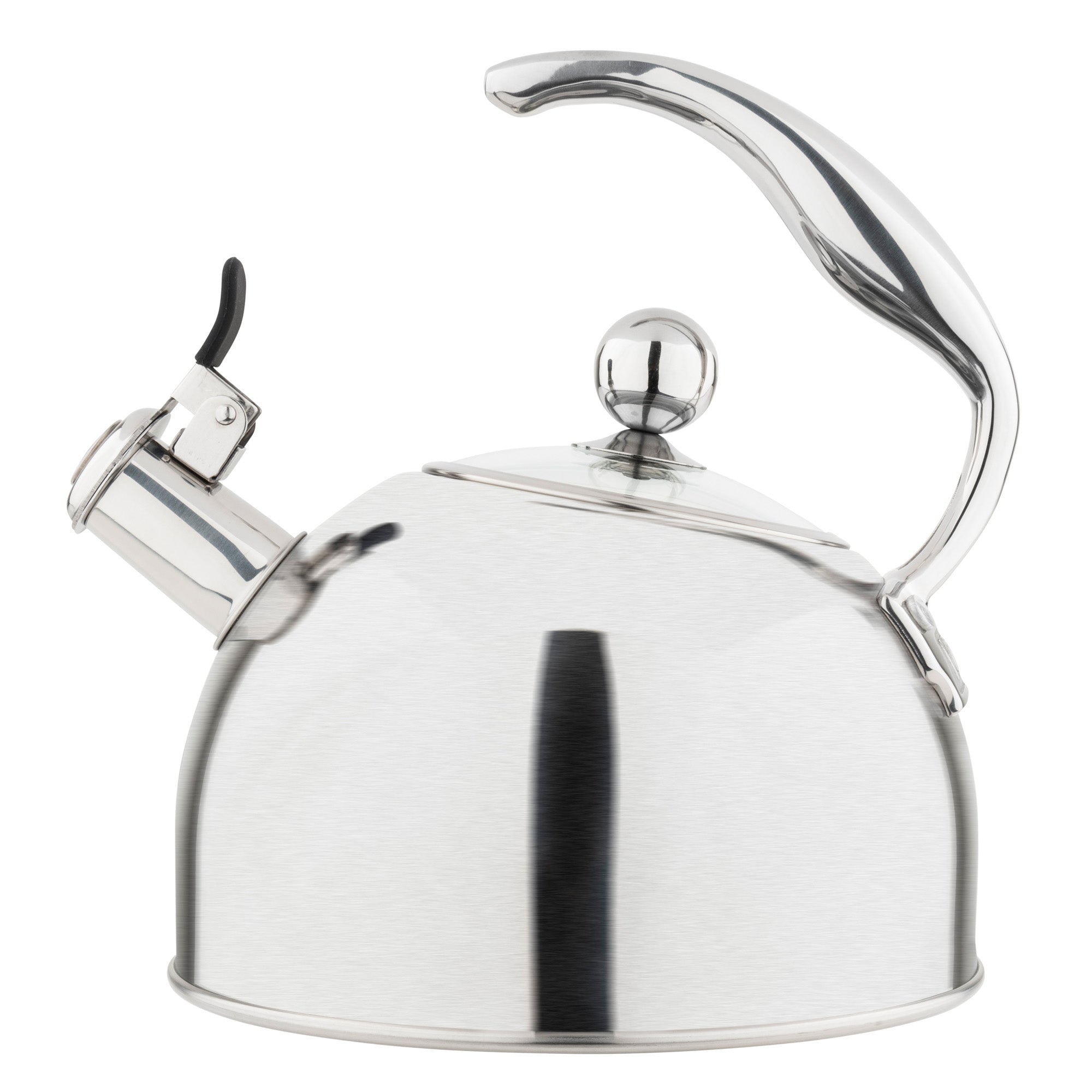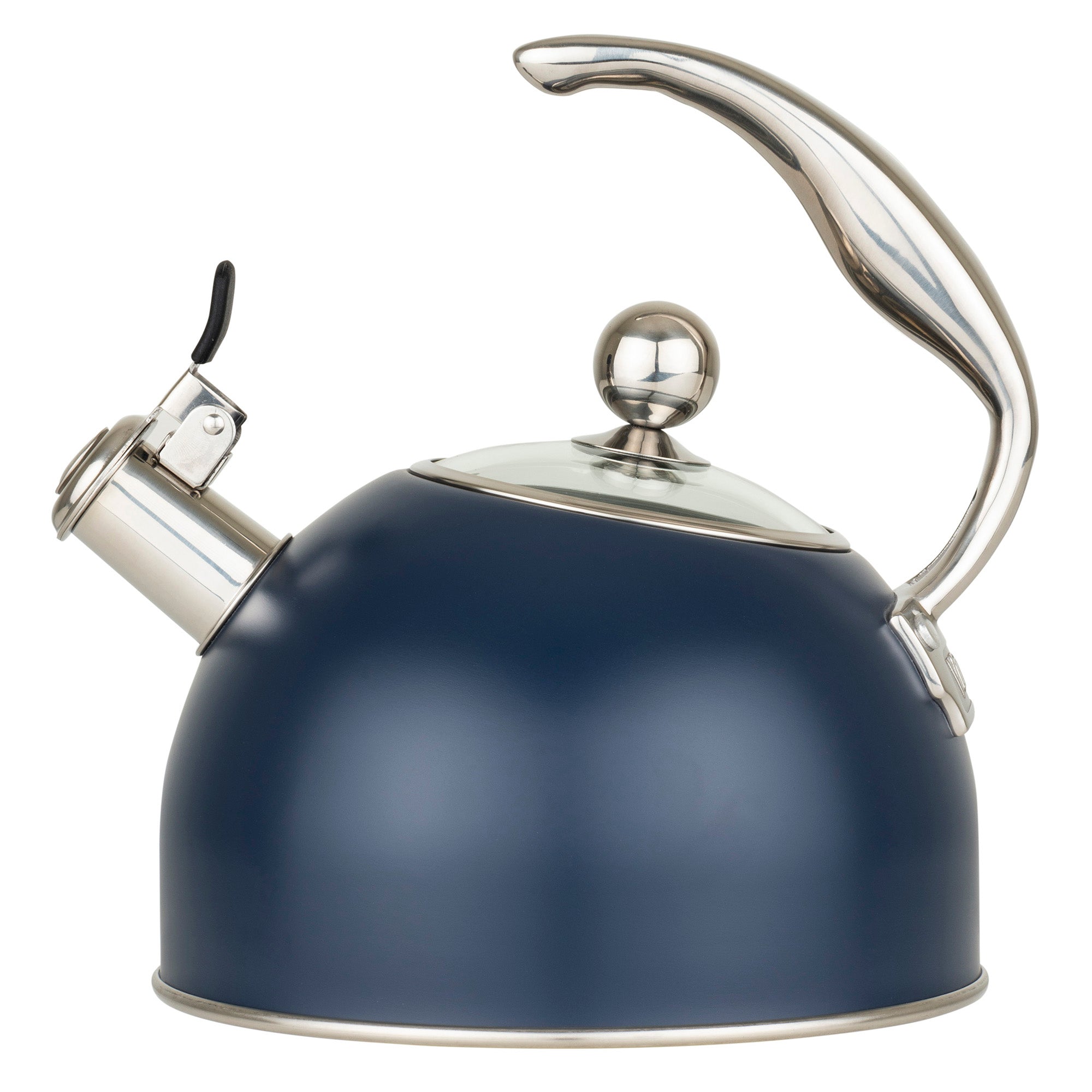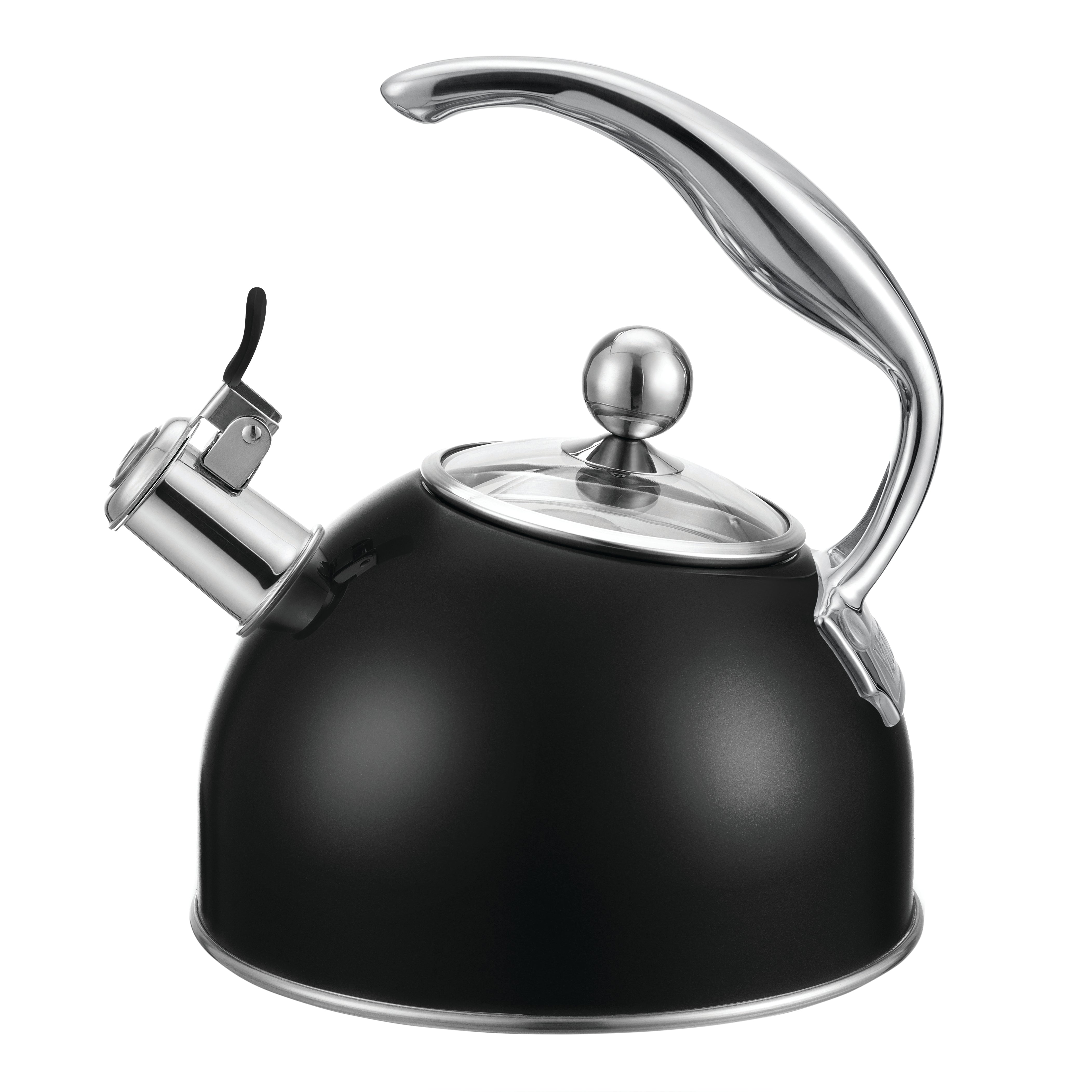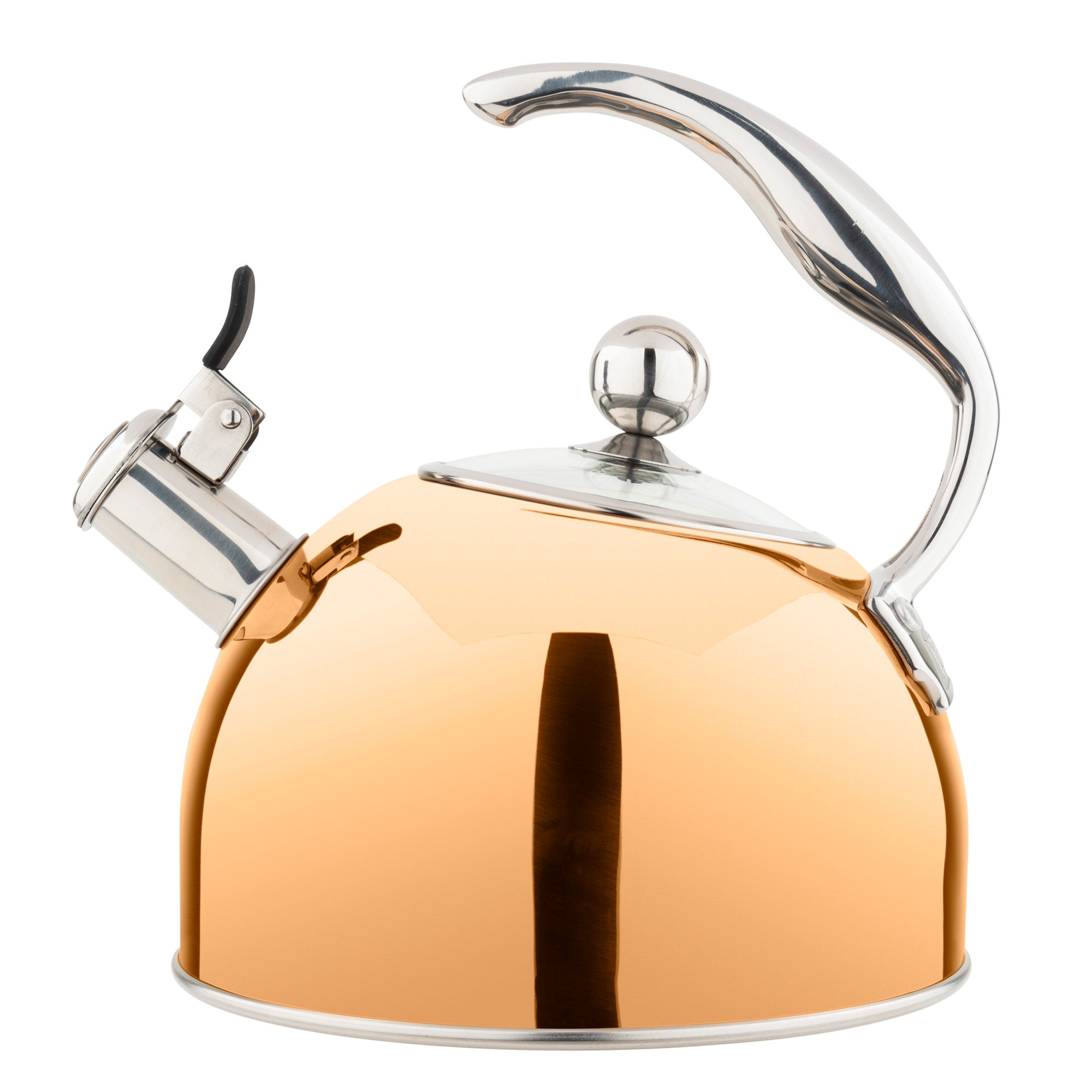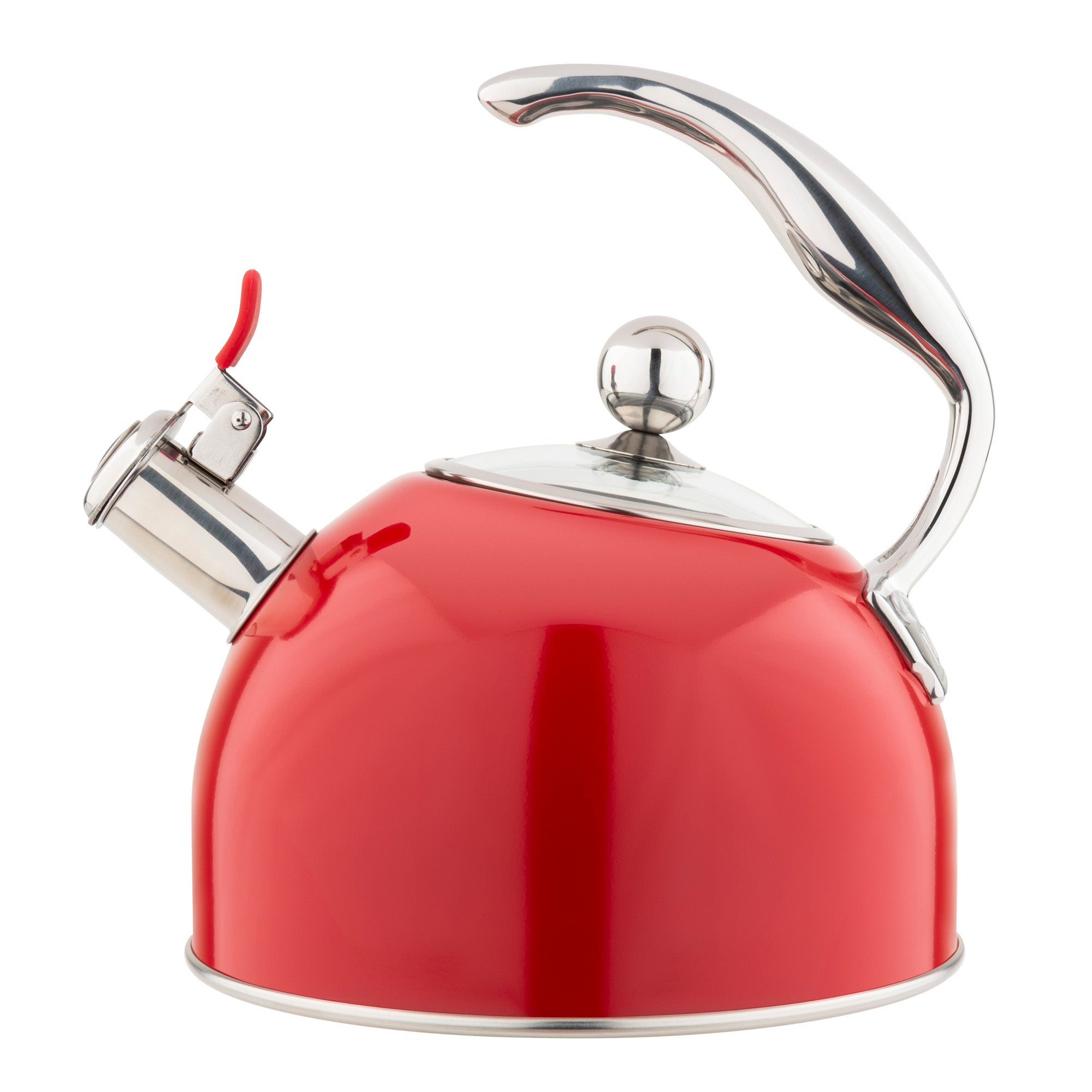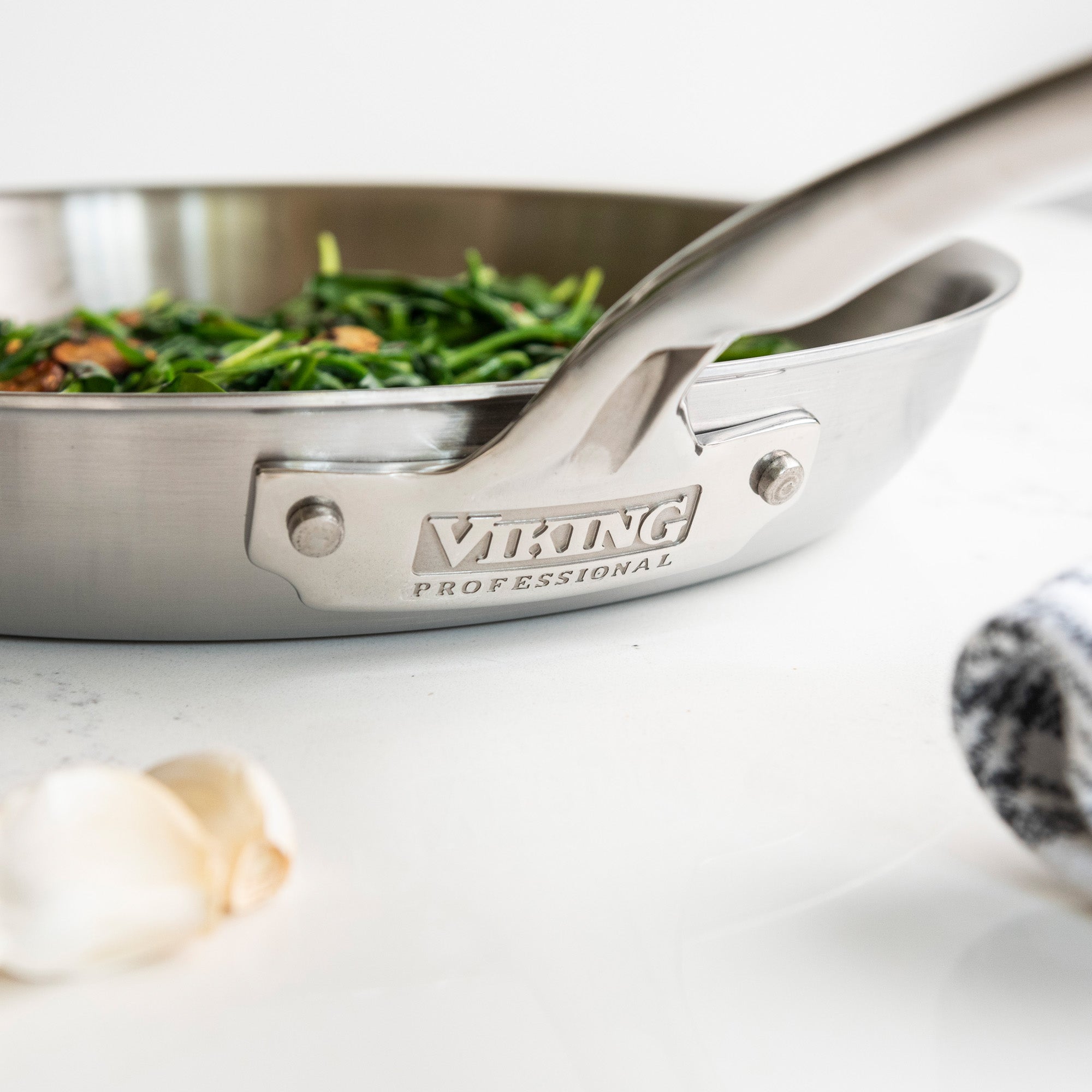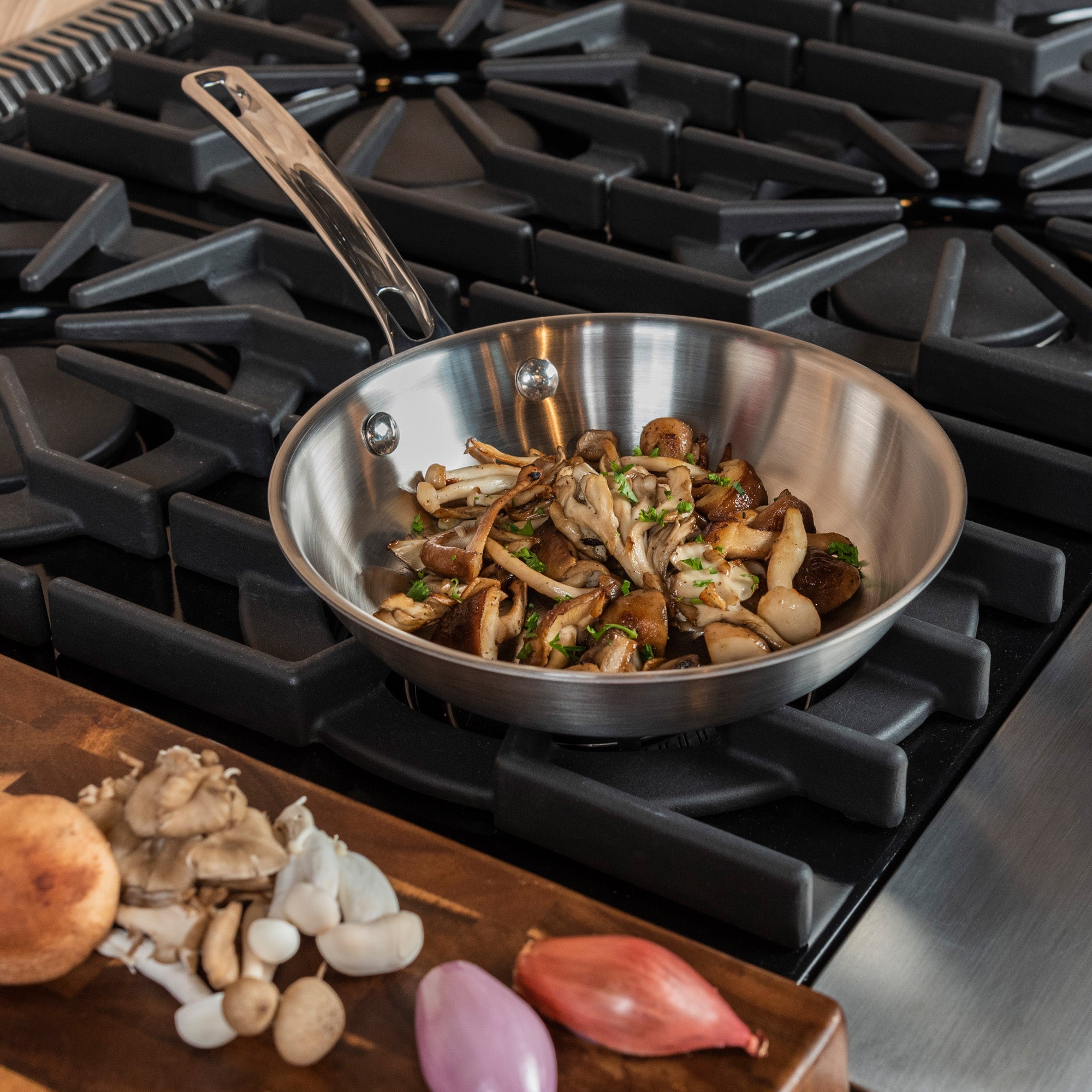Knowing when to replace your cookware is key to maintaining safety, performance, and precision in the kitchen. Even the best cookware shows signs of aging from use, and recognizing the signs of wear ensures better cooking results while minimizing risks.
While high-quality Viking cookware is built to last, no pots and pans last forever. It’s time to replace cookware when it shows natural signs of aging from use, such as a scorched cooking surface or a warped bottom.
So, how long do pots and pans last? Quality cookware typically lasts 5 to 10 years, but the lifespan of pots and pans depends heavily on the material and usage frequency. Nonstick cookware often needs replacement after 3 to 5 years, while cast iron can last generations with proper care. Below, we outline six key signs it’s time to replace your pots and pans and provide tips to extend their lifespan.
How To Know if Your Cookware Is Worn Out
The signs to replace cookware are visible and practical. You should replace your cookware and upgrade to Viking pots and pans if you notice any of these red flags:
1. Chipping, Peeling, or Heavily Scratched Cooking Surface
A compromised cooking surface reduces performance, causing uneven heating or food sticking. For nonstick cookware, chipped or peeling coatings can release harmful particles into food. Deep scratches in stainless steel or carbon steel can harbor bacteria and degrade results. Replace pans when scratches or peeling affect safety or cooking quality.
2. Rusty Surface or Handles
Rust signals a deteriorated protective barrier, compromising structural integrity and potentially contaminating food. Rust is most common in cast iron and carbon steel cookware or on exposed screws and rivets. While minor rust can often be removed and the pan reseasoned, extensive rust requires replacement.
Note: Don’t ignore rust—it’s a serious safety concern.
3. Loose Handles
Wobbly or loose handles are a major safety hazard, risking spills or burns during use. Tightening rivets or screws may help, but if the handle remains unstable or the attachment is damaged, replace the cookware to ensure safety. Viking’s ergonomic handles are designed for secure, long-lasting performance.
4. Warped or Misshapen Frame
Warping occurs from extreme temperature changes or improper cooktop use (for example, using thin pans on induction stoves). A warped base causes uneven heating, hot spots, and longer cook times. This is common in lower-quality aluminum cookware, often used in restaurants for cost savings—but Viking’s multi-ply stainless steel resists warping for consistent results.
5. Greasy Appearance
A greasy film that persists even after cleaning indicates a worn or porous surface, often seen in older nonstick or hard-anodized aluminum pans. This can trap residue, alter flavors, and become unsanitary. Replace cookware when cleaning no longer restores its surface.
6. Scorched Bottom That Can’t Be Cleaned
Burnt buildup or heavy scorching that resists scrubbing affects heat conductivity and cooking precision. This is common in older copper or lower-quality aluminum cookware. Viking’s stainless steel and cast iron pans are designed to maintain performance even under high heat.
When To Replace Cookware by Material
How often you should replace your cookware depends on the material, quality, use frequency, and how well it’s cared for. Each cookware material wears differently. For example, cast iron lasts decades while nonstick needs earlier replacement. Here’s when to consider replacing each type, with Viking’s durable options in mind:
Cast Iron Cookware
With proper care, the lifespan of cast iron cookware is almost indefinite, and cast iron pots and pans often become family heirlooms. Replace it only if it cracks, warps, or has severe rust that can’t be ground off and reseasoned. Viking’s cast iron pans are built to last for generations with routine seasoning.
Average Lifespan: 50+ years with maintenance
Stainless Steel Cookware
Stainless steel cookware is ultra-durable, especially Viking’s 3- or 5-ply stainless steel, which resists warping and corrosion. Determine when to replace stainless steel cookware by looking for deep gouges, cracked handles, or structural damage.
Average Lifespan: 10–25 years (or more) with care
Carbon Steel Cookware
Carbon steel is like cast iron’s lighter cousin, and it lasts a long time with proper seasoning. Replace it if extensive rust, warping, or a flaking surface can’t be restored. Viking’s blue carbon steel pans are designed for durability and performance.
Average Lifespan: 5–20 years (or more) with care
Copper Cookware
Copper cookware requires careful maintenance due to oxidation. Viking’s copper pans are lined with stainless steel to enhance durability. Replace or re-tin if the lining wears through or if pitting or denting affects heating.
Average Lifespan: 10–20 years with polishing and re-tinning
Hard-Anodized Aluminum Cookware
Hard-anodized aluminum resists scratches but often includes a nonstick coating that wears out. Replace when the coating breaks down or the anodized layer is compromised. Common in restaurants for its low cost and rapid heating, hard-anodized aluminum is less durable than Viking’s stainless steel.
Average Lifespan: 3–5 years (nonstick coating); 7–10 years (uncoated)
Nonstick Cookware
Typically aluminum-based, nonstick cookware degrades with high heat or metal utensils. Replace when the coating flakes, peels, or scratches, causing food to stick or raising safety concerns.
Average Lifespan: 3–5 years
How To Make Pots and Pans Last Longer
Extend your cookware’s lifespan with proper care, especially for high-heat materials like cast iron, carbon steel, and stainless steel, which retain heat efficiently and don’t require high burner settings. Here are five tips to maximize durability:
-
Use Appropriate Utensils: Choose wood, silicone, or nylon utensils for nonstick and enameled surfaces to prevent scratches. Metal is safe for Viking’s stainless steel and cast iron.
-
Avoid Extreme Temperature Changes: Cool pans before washing to prevent warping, especially for cast iron or carbon steel.
-
Clean Carefully: Hand-wash cast iron and carbon steel without dish soap to preserve seasoning. Viking’s stainless steel cookware is dishwasher-safe. Use mild detergents and nonabrasive sponges for all materials.
-
Store Thoughtfully: Use pan protectors or hang cookware to avoid scratches and dents. Stacking can damage surfaces, especially nonstick.
-
Use Medium Heat When Possible: For cast iron, carbon steel, and stainless steel, medium burner settings leverage the material’s heat retention, preventing burning or sticking.
Why Choose Viking Cookware?
Knowing when to replace cookware is about maintaining performance and safety. Viking’s cast iron, stainless steel, and carbon steel cookware is built for durability and precision, outlasting restaurant-favored aluminum cookware, which prioritizes cost and speed. Our professional-grade cookware delivers heirloom-quality results for home chefs, with efficient heat retention for medium-heat cooking.
Explore Viking’s cookware collection and upgrade your kitchen with pots and pans engineered for enduring performance.

